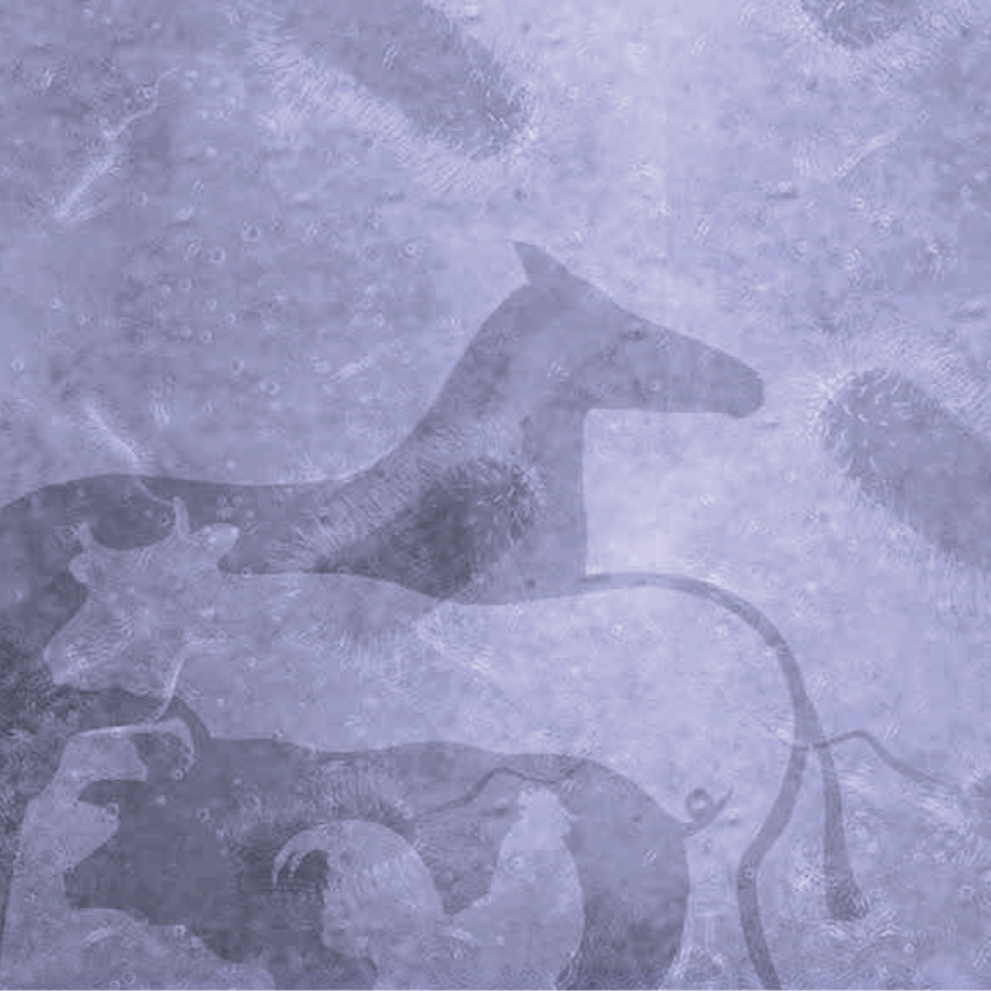European Surveillance of Veterinary Antimicrobial Consumption (ESVAC): 2009 - 2023
The European Surveillance of Veterinary Antimicrobial Consumption (ESVAC) project ran from 2009 to 2023 and reported on the sales of antimicrobial medicines used in animals across the European Union (EU). This type of information was essential to identifying possible risk factors that could lead to the development and spread of antimicrobial resistance in animals.
VeterinaryAntimicrobial resistance
